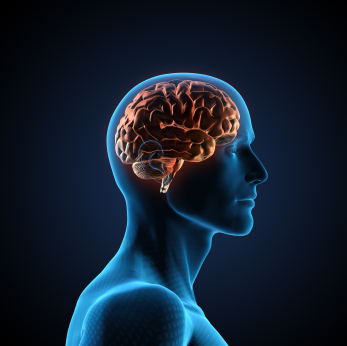Backing up your brain: McGill researchers discover how old memories are re-saved and changed

Discovery potentially opens way to treatments for PTSD and other memory-related disorders
Researchers at McGill University have discovered a series of molecular mechanisms that regulate how our brains call up, restore and even change old memories. This process, called memory reconsolidation, radically alters our understanding of how memory works. The McGill team led by Prof. Karim Nader discovered that extremely strong fear memories do not initially undergo reconsolidation, but over time (on the order of a month or so) even these memories can undergo reconsolidation. Furthermore, the authors identified some of the brain mechanisms that determine whether a memory will or will not undergo reconsolidation. Their results will be published in the journal Nature Neuroscience on June 21.
“The old theory is that once a memory is wired in your brain, it stays that way,” explained Nader, William Dawson Scholar and EWR Steacie Fellow in the Department of Psychology. “But our discovery shows that once you remember something, it doesn’t stay wired in your brain, it becomes unwired and needs to be restored again - reconsolidation.”
This latest finding builds on Nader’s previous research which showed that it was possible to chemically erase fearful memories in rats. That research shed light on the neurobiology of memory and showed that long-term memories can be unlocked and even modified. Nader’s discoveries challenged traditional views about the neural basis for memory.
The new findings deepen our understanding of the molecular basis by which the brain controls which memories do and do not undergo reconsolidation. Reconsolidation blockade has been suggested as a possible new treatment for sufferers of psychological disorders, including those involving uncontrollable, intrusive memories, such as Post-Traumatic Stress Disorder (PTSD). The results of this research indicate that reconsolidation based therapies of PTSD should not attempt to treat patients shortly after the trauma. This is because these extremely strong memories may not undergo reconsolidation for a long period of time, up to a few months after experiencing the trauma. Nader has previously collaborated with a team led by Roger Pitman of Harvard University and McGill University Psychiatrist and the Douglas Mental Health University Institute researcher Dr. Alain Brunet; that collaboration demonstrated that interrupted reconsolidation can be used to relieve the suffering of patients with chronic PTSD. The therapy involves administering a common blood pressure drug, propranolol, as a traumatic event is recounted. The propranolol partially blocks the reconsolidation of the fear associated with the memory. Amazingly, the trend of these findings indicates that those with the oldest trauma responded best to the treatment, exactly the same effect as found by Nader’s group.
“These findings are very exciting because we have always known that not every memory undergoes reconsolidation. But there was nothing known about the mechanisms that determine when a memory does or does not undergo reconsolidation. These findings suggest a neurobiological principle that controls this process. Understanding these mechanisms is crucial because they tell us what has to happen on a neurobiological level in order to turn reconsolidation on and off. This is clinically important because in the clinic we want to be able to turn reconsolidation on and off if possible.” said Nader.